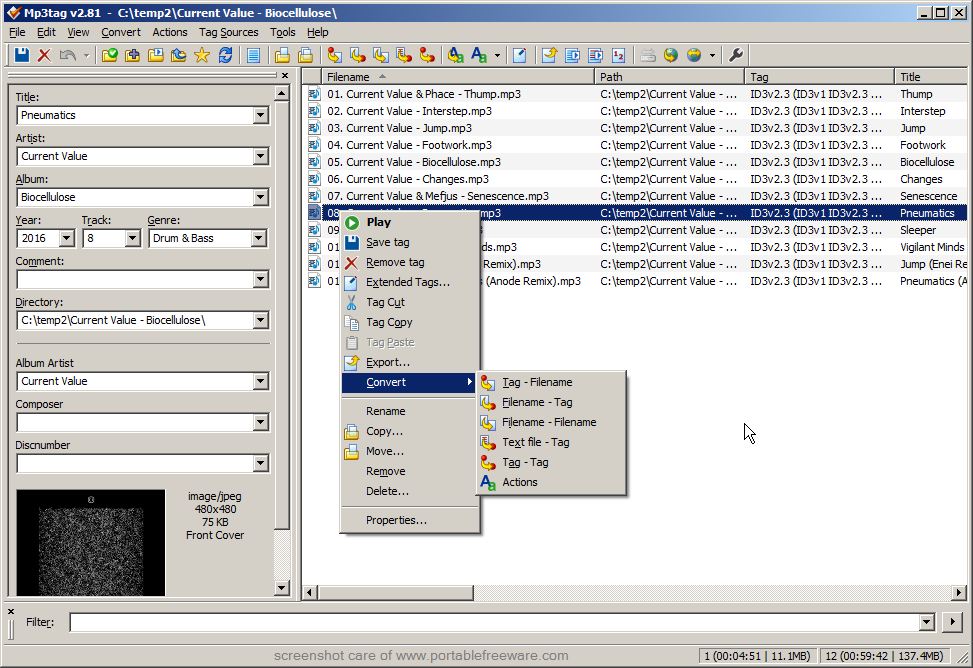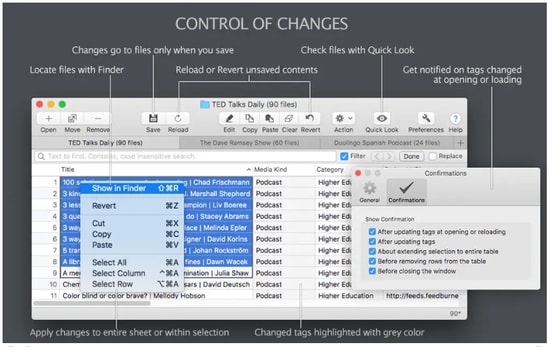
As pictured in the screenshot above, Kid3 loads just fine on GNOME, and it stands out even less on other GTK-based desktops. If you like Kid3's feature set but don't use KDE Plasma or another Qt-based desktop, don't fret.

Plus, you can play songs inside Kid3 without having to open another app. You can also automatically convert upper case or lower case letters in your file names. Kid3 can automatically generate metadata from file names or generate file names from tags. There are some nice additions for power users. Much of what EasyTAG can do, Kid3 can also do, just with a different interface and in a Qt-native way. You can download metadata from many online databases and create playlists. You can open many files at one time, sort them by various parameters, work with many file types, and easily perform batch edits. Like EasyTAG, Kid3 has been around for many years. But if you're just looking for a slick app to edit the occasional track or album every once in a while, Tagger is an attractive option. So if you are trying to edit the tags for your entire library, you may find this tool tedious. Tagger doesn't do the best job of showing multiple folders at once, with open tracks currently sorted by filename rather than folder. You can add album art and have the app download metadata from MusicBrainz. You can edit tags for a single file or select multiple MP3s to edit more than one at a time, with the app doing a clean job of showing which information will change and which will stay the same. Like many GNOME apps, Tagger doesn't present much in the way of options, but the essentials are covered. These are little things, for sure, but they make the app feel pleasant to use. Animations are slick, with a toast bubble showing how many files you've opened and the edit menu sliding in smoothly from the right.

This piece of software is written using GTK 4 and embraces the niceties of GNOME's libadwaita design. Tagger is one of the newest apps for the job.


 0 kommentar(er)
0 kommentar(er)
